Rolls-Royce is set to power Vertical Aerospace’s flagship Urban Air Mobility (UAM) aircraft.
The firm say that a Rolls-Royce electrical power system will be integrated into the piloted all-electric vertical take-off and landing (eVTOL) vehicle, which will carry up to four passengers for 120 miles at cruise speeds of over 200mph and is on course to certify in 2024.
“Vertical Aerospace is a key collaboration for Rolls-Royce Electrical as it marks our first commercial deal in the UAM market and builds on previous agreements to work with partners on demonstrator programmes.”
Rolls-Royce will design the system architecture of the whole electrical propulsion system, the electric power system that includes our latest 100kW-class lift and push electrical propulsion units, the power distribution and the monitoring system that will support operations.
Rob Watson, Director – Rolls-Royce Electrical, was quoted as saying:
“We are delighted to collaborate with Vertical Aerospace for the electrical technology that will power their pioneering eVTOL aircraft. This exciting opportunity demonstrates our ambitions to be a leading supplier of sustainable complete power systems for the new Urban Air Mobility market which has the potential to transform the way that people and freight move from city to city.”
Michael Cervenka, CEO – Vertical Aerospace said:
“We are excited to collaborate with Rolls-Royce, bringing onboard a hugely experienced team with deep expertise and cutting-edge electrical technologies to power our pioneering eVTOL aircraft. This collaboration builds on our existing partnerships and Vertical is well-positioned to develop the world’s leading eVTOL aircraft, certified to the highest CAA and EASA safety standards being set globally.”


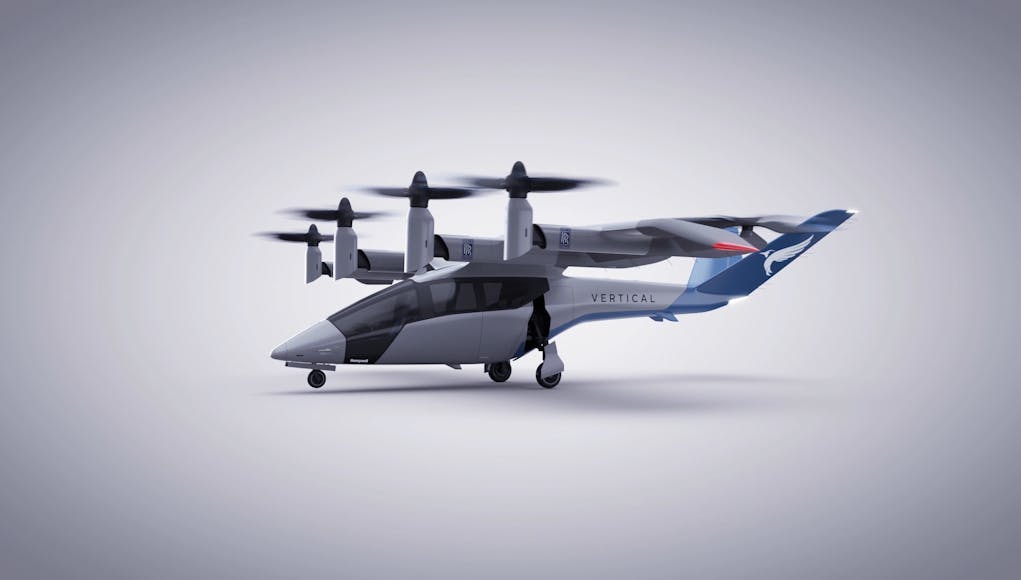
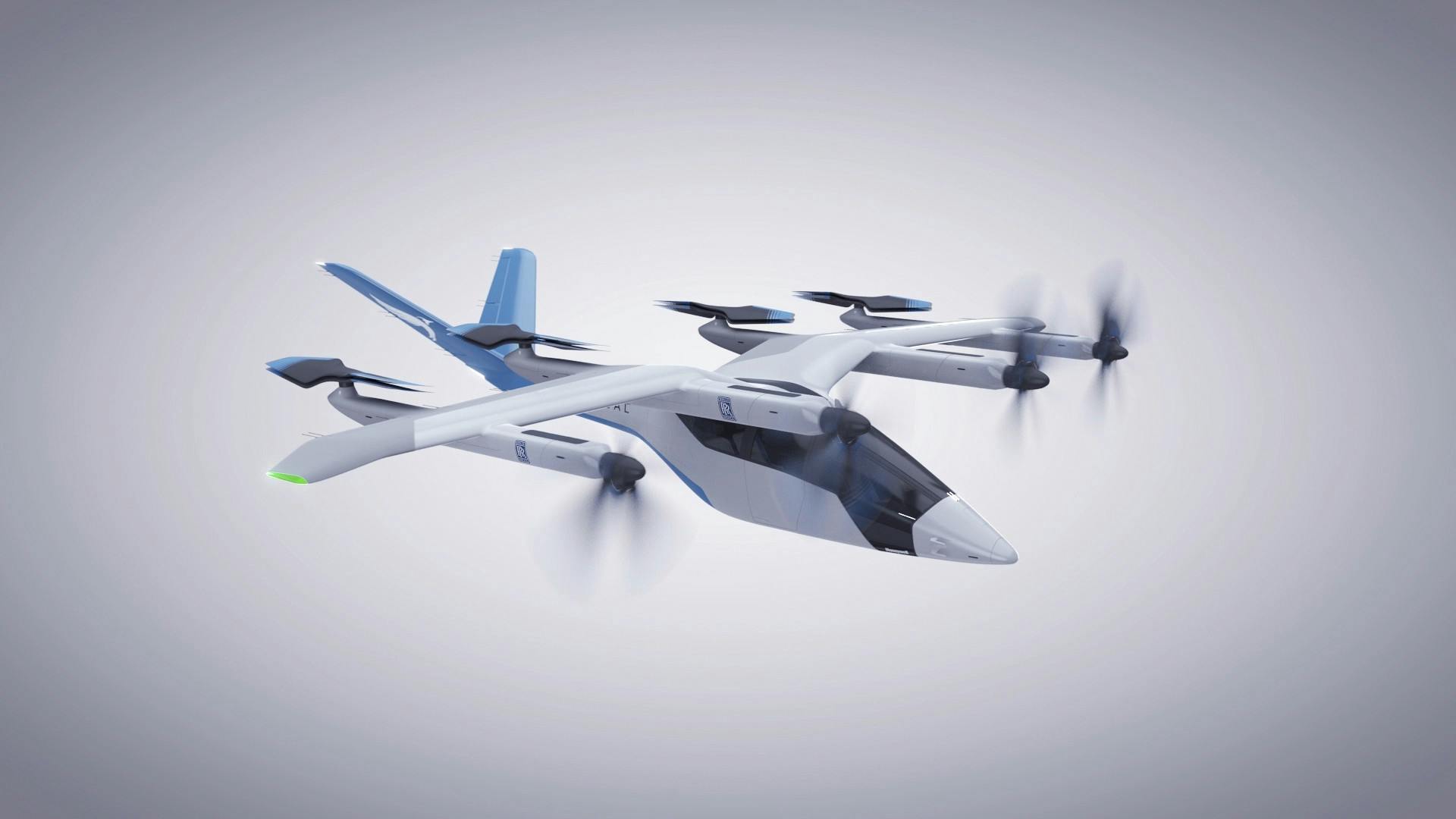
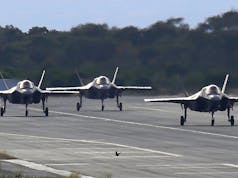
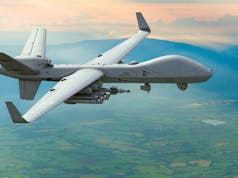
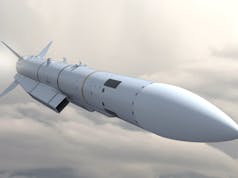

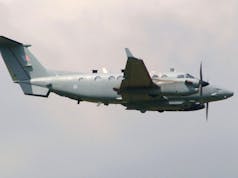

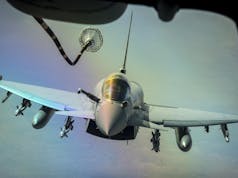




There is a new air of inventiveness and independence in the UK of late. this sounds wonderful.
Yes, seems to be. Follows on from Aeralis the other day.
I thought it was just me Geoff but there is some fresh air blowing around isn’t there… Brexit., sense of we cad do?…
Yes the EU spent decades telling us what we could not do (they are still trying that). They wanted to make us reliant on the EU and incapable without them. However the shackles are now off and we can flex our wings again. Things are looking up…
Ok check out their website…
https://www.vertical-aerospace.com/
That animation looks fantastic!
M@
Some interesting people behind the company too as listed here – https://www.vertical-aerospace.com/about-us/
The founder is the guy who founded Ovo Energy which I found at least interesting but there is also a lot of applicable industry experience from ex Rolls-Royce, Airbus and Boeing people (to name just 3 companies) and also very nice to see a few crossover people from the F1 industry. The UK is a powerhouse there and there is so much advanced engineering and materials science expertise within the F1 industry that could be so usefully applied to the defence industry. Having a big chunk of the F1 industry in-country is definitely a UK national asset.
And let’s hope we can keep hold of this company and not sell it abroad!
M@
Indeed and it’s worth noting that both Williams and Mclaren are deeply involved in supplying the electric power train for Formula E which with the contract returning to Williams this year leaves McLaren as a team now ready to enter the formula with their own cars in the near future. F1 in Britain is a sleeping giant of potential technology transfer (remember they even design and build Mercedes F1 engines here). If we are smart enough to exploit it all manner of high tech solutions could emerge into and rebuild our industry. Indeed as an example it’s Williams adapted F1 technology that is behind RR’s power conservation system for laser weapons.
Bearing in MIND Williams is now owned by a USA Hedgefund. parts will be sold off…
Well it’s majority owned by EMK Capital which is UK based, it was hived off before the Williams holding Company ie the F1 team was acquired. However that doesn’t mean it won’t meet the same fate you allude to eventually but one can hope.
Great development, but how long does it take to recharge the batteries?
parhaps they are swap-able?
Might not be relevant for military use.
You might use a compact turbo generator for the first generation. That has the power density.
RR are working on compact generator cores for jets so that DE weapons can be powered and they have compact power packs for ship DE weapons.
In the longer run EV batteries are getting and greater energy densities so if you take the same design and take out battery weight for the same capacity in kWh then both the range and payload will increase naturally.
This is exactly the right sort of thing for UK to be doing with the F1 and E1 + RR that we have. And the R&D will probably cost less than one Typhoon.
@ only 120 hours range hope its not long.
Range and payload small but this is exactly the type of engineering ingenuity we should be encouraging. Backing good ideas encourages others, drives investment, and the next generation to pursue careers in the field. Let’s hope Rishi puts the money where his mouth is and truly encourages tech industries.
There is a ready market for such an aircraft for short commutes and for areas that have no formal airports -island hopping in particular. Maybe they could develop a hybrid to increase range/payload.
The essence is that the world needs a VSTOL aircraft that can service the likes of Tristan da Cunha! I know there are only 242 people living on the island and that it is thousands of kms from the nearest airport(St. Helena) but if technology can solve that one then this be the emblematic start of an epic revolution in air transport.
Yes from what I have seen practically every possible combination has been proposed and/or in development. Various forms of Hybrid is going to be common initially I think and many propose to be flexible enough to transform as power technology develops and the environment each is designed to work in is an import fact in this choice of course. It’s going to be like the Wild West determining what and who survives the frontier race I’m sure.
Yes indeed though there are numerous developments taking place that will over time improve incrementally (potentially radically) in both range and recharging time and I think near instant battery pack interchangeability will be a factor for a while which could be quite an innovative and logical development for such aircraft. The question of fuel cells is significant here too right up to mid range aircraft promised by the turn of the decade. An exciting time for these type of craft you seemingly get a new one in the media each month, New Atlas is a great place to study these sort of developments for those interested.
I’d urge people to have a look at these guys, but also SAMAD Aerospace and Faradair in the UK.
Makes you wonder about the potential for military operations….
Particularly on aircraft carriers…who says we need V-22….(see Faradair for an mock up of the BEHA on HMS Queen Elizabeth..)
I think we will see large electric autonomous drones taking over a lot of the VERTREP role on land and sea.
And just how quiet is the Joby in this video. I this sort of technology is going to play a vital part in the next decade though how you choose what particular form it takes for your military needs is going to be the real test I suspect, there are endless and fast developing possibilities here.
https://newatlas.com/transport/
Wonder what role they foresee for it on a carrier. Sounds intriguing.
I’ve been using the Sabrewing Rhaegal RG-1 as my reference example for a military unmanned turboshaft hybrid VTOL platform because it provides a fairly detailed capability specification baseline, it even includes folding wings for a small naval footprint. However it needs to be larger/greater payload and ideally faster for AEW and AAR roles. The SAMAD eStarling and especially Starling Jet platforms would seem to be getting there if unmanned, thanks for the pointers.
https://www.sabrewingaircraft.com/cargo-uav/
I want!
Not to pee on anyone’s parade, but these multi-rotor VTOL aircraft have a major flaw. Which is the lower vertical max take-off weight, when compared to a equivalent sized helicopter. The reason for this is due to their disc loading, i.e. the total disc area that supports the aircraft’s weight when vertically taking off or landing. Because these types of aircraft use a number of tilt-able prop fans or propellers, their combined vertical thrust is lower than a helicopter’s rotor set, which develops more lift through using longer more efficient blades. The caveat being that these aircraft will be faster and more efficient in forward flight compared to a helicopter.
I don’t think the future for the military should be solely vertical lift for the reasons you highlight. Extreme STO and short rolling landing should be explorer further imo. For STO some form of energy transfer to the air frame would be desirable and should also be explorer, after all that’s what a catapult does.
Hi Expat,
Just what I was thinking when I read Daveyb’s excellent post. For civilian use I can see the need for VTOL for use from small islands or small private landing pads. I would see these aircraft being a partial replacement for the conventional, and to many extravagant, exec jet. The well heeled individual and corporates would be a good initial way into the market for this tech.
However, the forward speed of a carrier offers real lift opportunities so something capable of emulating the F35B Shipborne Rolling Vertical Landing would indicate someone making a serious AAR / AEW offering to the RN. Assuming the range was rather better than the current 120miles, of course. So some way to go, but likely to happen within the 50 year life span of the QEC, I’d suggest.
Cheers CR
Wouldn’t do any harm to give them a leg up via some funding to explore military use. WTO will not allow government leg ups (Boeing/Airbus saga) but you can provide funding for defence projects.
I suspect that the MoD will be looking at a whole range of airwing upgrades for the QEC. I think that the recent RFI for EMALS will be part of the ongoing process. The RFI suggests EMALS is a higher priority at this stage, but given the huge amount of work in the this area referred to above I would not be surprised to learn that the MoD is taking a quiet interest.
The MoD will likely only put money in when the technology is more mature as the last 30 years has seen UK defence research pretty much hammered. The mistake is now finally being realised but whether it can ever be recovered is yet to be seen. In this context I would think that the MoD will watch from the sidelines until they think that the technology is sufficiently risk free to put some money in. Of course, the greater the operational risks / need to more procurement risk the MoD will take to solve it. A visit to the South China Sea might focus perceptions.
Cheers CR